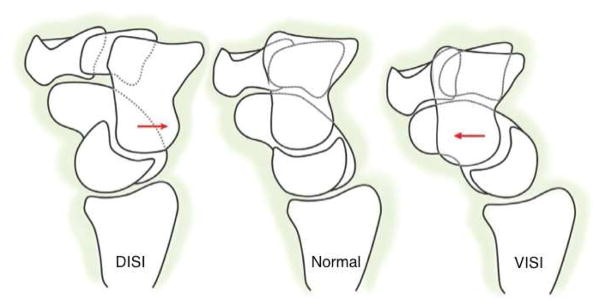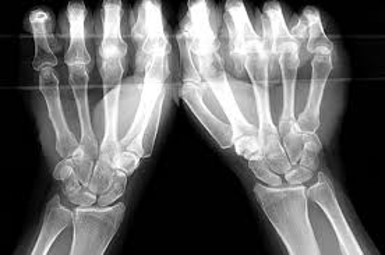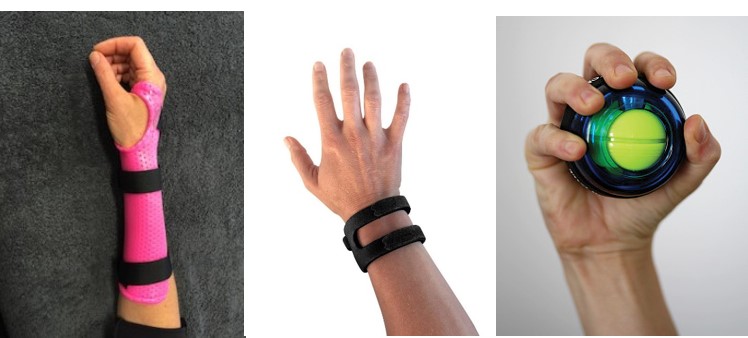




Health Information



Wrist Instability
Wrist Instability
Mechanism of Injury
Wrist instability may be caused by a specific incident such as a fall on outstretched hand or could be accumulative and gradually occur over time. Common injuries of the wrist that may lead to wrist instability include carpal bone fractures, scapho-lunate ligament injuries, luno-triquetral ligament injuries and midcarpal ligament injuries.
The wrist requires good bony alignment, ligament stability, a strong muscular support system and effective proprioception system to maintain a stable wrist joint.
Symptoms
- Painful and/or swollen wrist
- Clunk with certain wrist movements
- Difficulty weight bearing through the wrist, particularly in wrist extension
- Decreased range of motion
- Decreased grip strength
Diagnosis
A diagnosis can be difficult to confirm and requires a thorough physical examination including range of motion and strength assessments, palpation, provocative wrist assessments, and observing range of motion for a clunk. This assessment can be completed by a hand therapist and doctor.
An x-ray can be beneficial to review bony alignment, and to check for any abnormalities such as widened gaps between carpal bones and dorsal or volar intercalated segment instability (DISI/VISI).

Photo source: www.europepmc.org
A clenched fist AP view can be used to evaluate the widening scapho-lunate gap and is performed bilaterally with both hands in a clenched fist often holding a pencil. The clenching brings the capitate proximally and emphasises any widening of the scapho-lunate interval. Additional imaging such as an MRI may also be required.

Stress AP view using clenched fist pencil grip to assess the scapho-lunate gap
Photo source: the Journal of Hand Surgery
Referral
A referral should be made as soon as symptoms appear or are diagnosed. If left untreated symptoms can worsen over time leading increased pain and further injury.
Treatment
Treatment options can vary greatly depending on the cause of wrist instability and may involve the following:
- Immobilisation splinting to allow structures to heal and decrease pain
- Functional splinting or taping to support injured ligaments and restrict range of motion
- Pain and oedema management
- An individualised exercise program to improve wrist function including strength and stability training such as proprioceptive rehabilitation
- Education to prevent further aggravation of the injury

Photo source: the Journal of Hand Therapy and www.wristwidget.com




